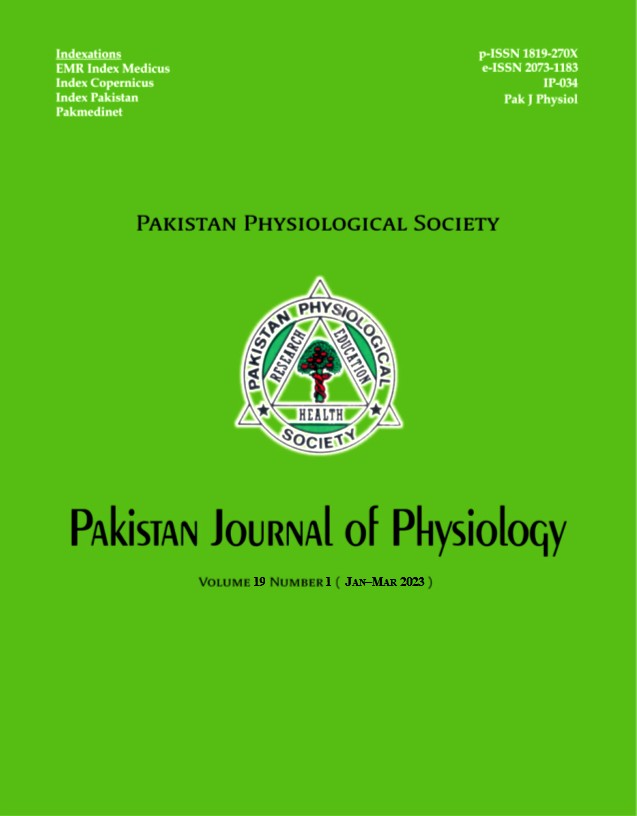COMPARATIVE ANALYSIS OF BIODISPOSITION OF DIFFERENT ISOMERS OF TOCOPHEROLS
DOI:
https://doi.org/10.69656/pjp.v19i1.1484Keywords:
Absorption, Area under the curve, Bioavailability, Plasma half life, Tocopherol, Vitamin E isonersAbstract
Tocopherols are indicated as adjuvant therapy in metabolic disorders, various types of carcinomas and as neuroprotective and cardioprotective agents. Their use is limited due to poor water solubility, variable absorption and low bioavailability. This study was undertaken to compare the biodisposition or pharmacokinetic parameters of different isomers of tocopherol. This systematic review explored the possible underlying causes of poor bioavailability of tocopherols. A computerized database search was done till 11th January 2022 through Pubmed, Google Scholar, PakMediNet, and open Google Search by using MeSH keywords: pharmacokinetics, biodisposition, bioavailability and tocopherol. Boolen operators were also used to retrieve original articles like tocopherol AND bioavailability, tocopherol AND pharmacokinetics. Only original research articles that provided information about pharmacokinetics of tocopherol in healthy human volunteers were included. This systematic review was carried out following the Preferred Reporting Items for Systematic Review and Meta Analysis (PRISMA) guidelines, and 510 original research articles were retrieved from literature. After eliminating the duplicate studies, 20 articles fulfilled the eligibility criteria, 6 original articles were selected for data extraction. Pharmacokinetic parameters of ?-tocopherol in terms of area under curve, time to achieve peak plasma levels, maximum plasma concentration and elimination half-life were found to be better than ?, ? and ? isomers of tocopherols. Bioavailability of ?-tocopherol was highest amongst all the isomers of tocopherols. In various clinical implications ?-tocopherol may be preferred over other isomers due to its greater bioavailability for better therapeutic response.
Pak J Physiol 2023;19(1):37–42
Downloads
Downloads
Published
How to Cite
Issue
Section
License
The author(s) retain the copyrights and allow their publication in Pakistan Journal of Physiology, Pak J Physiol, PJP to be FREE for research and academic purposes. It can be downloaded and stored, printed, presented, projected, cited and quoted with full reference of, and acknowledgement to the author(s) and the PJP. The contents are published with an international CC-BY-ND-4.0 License.











